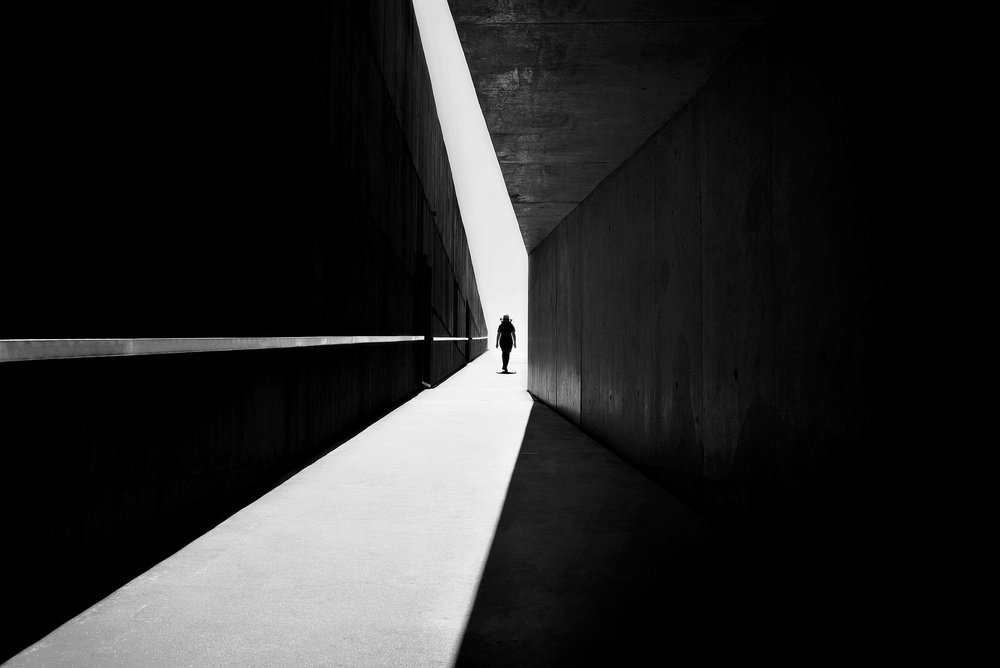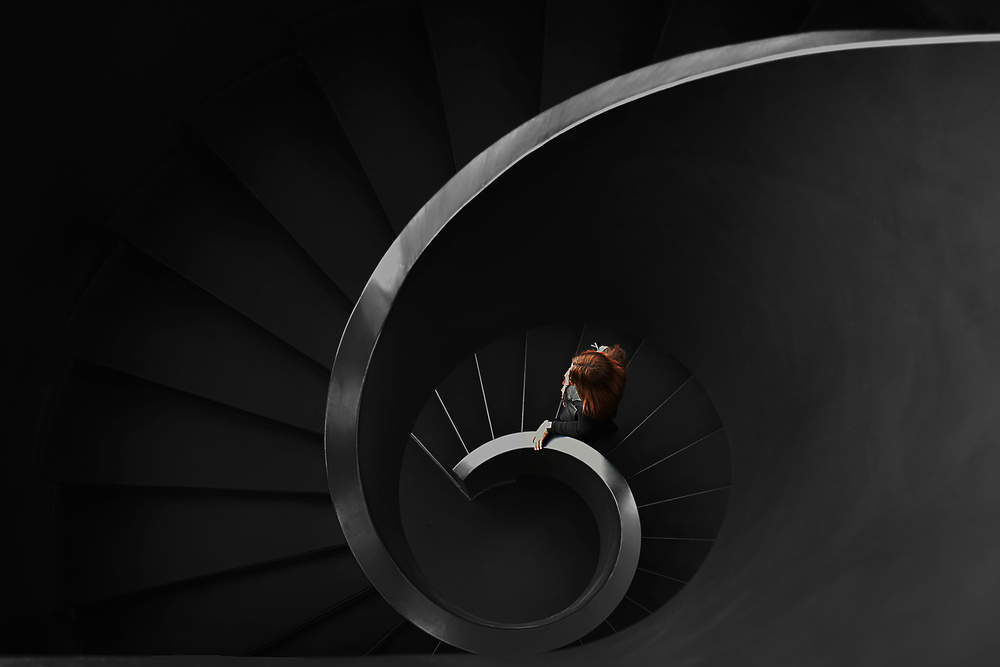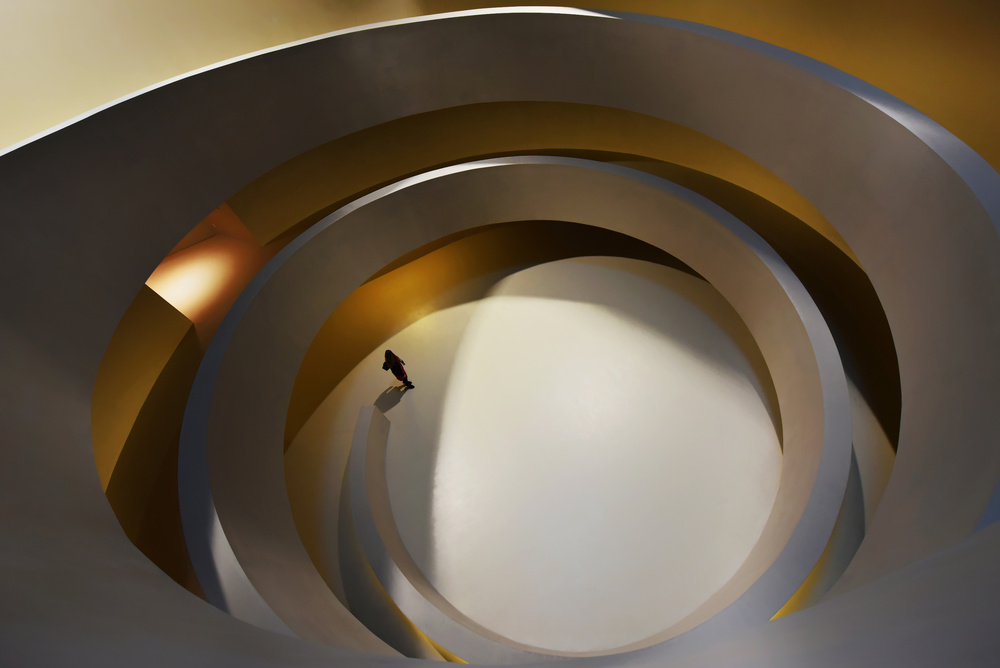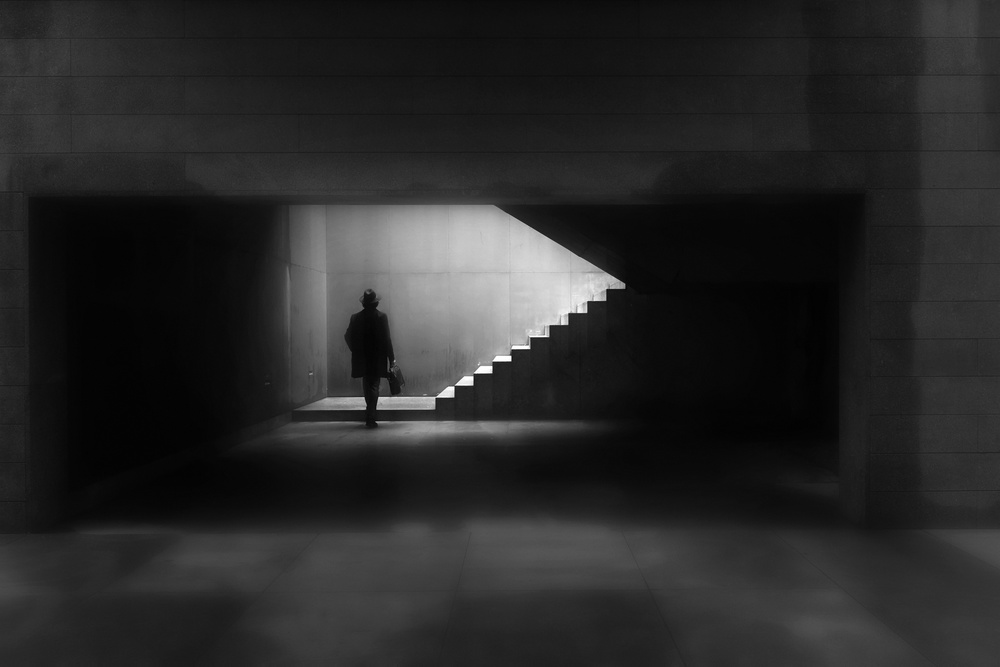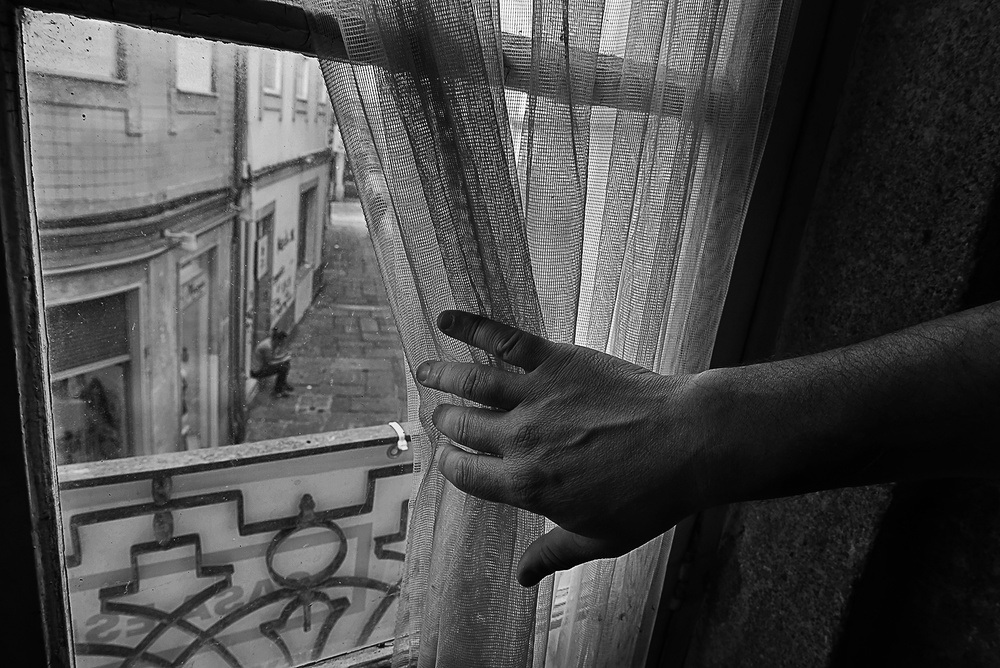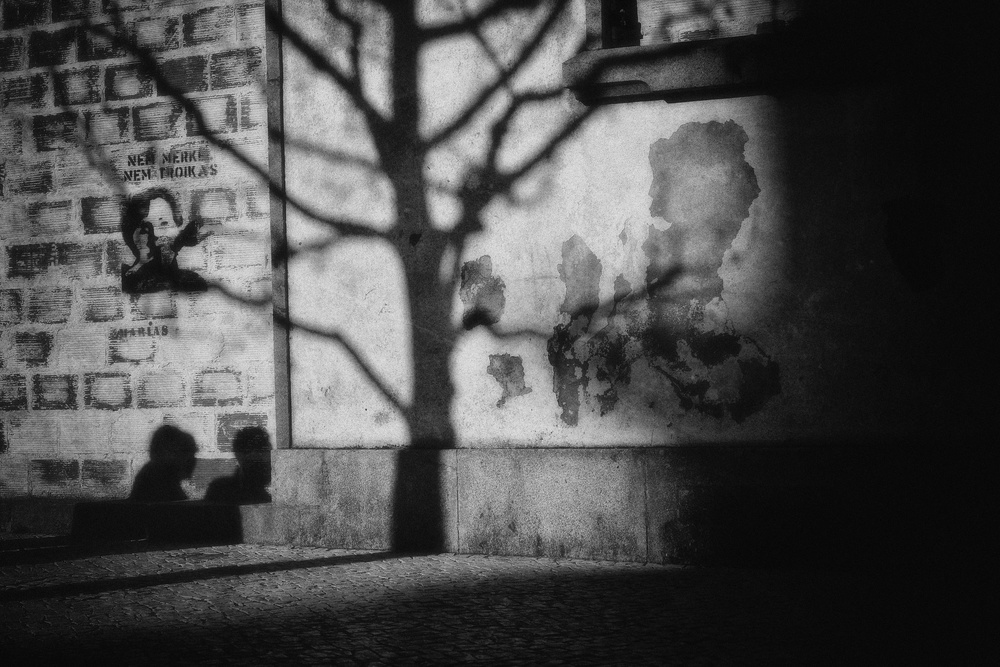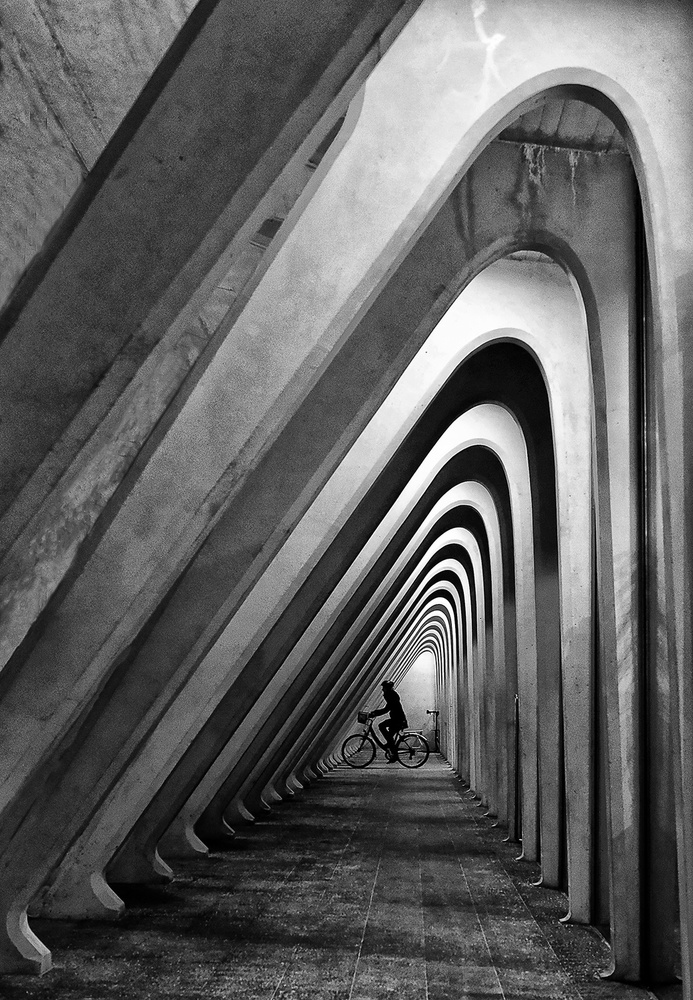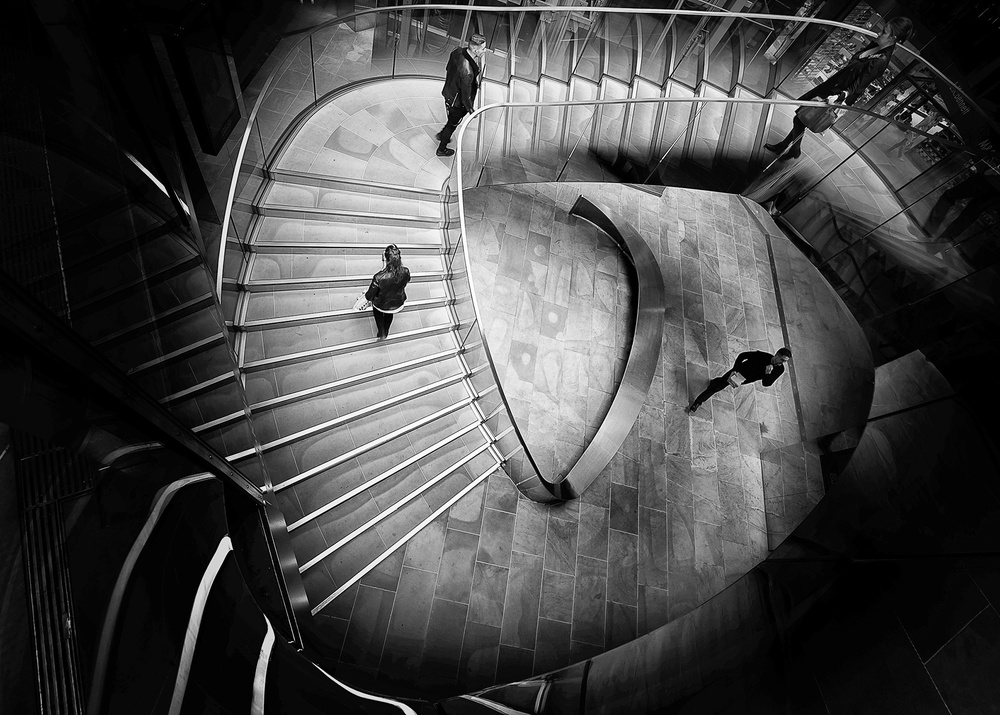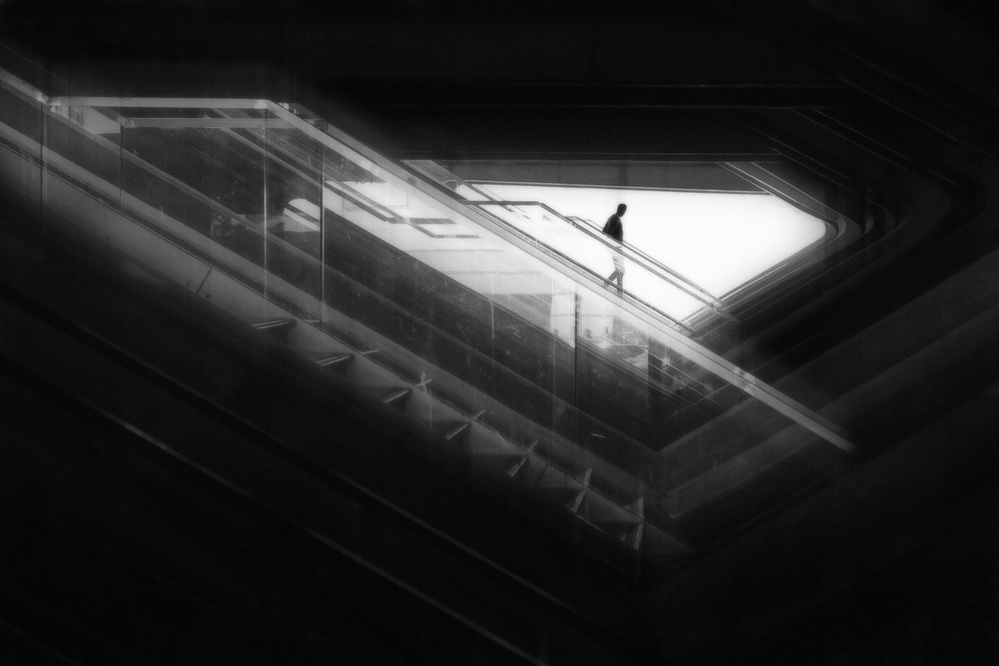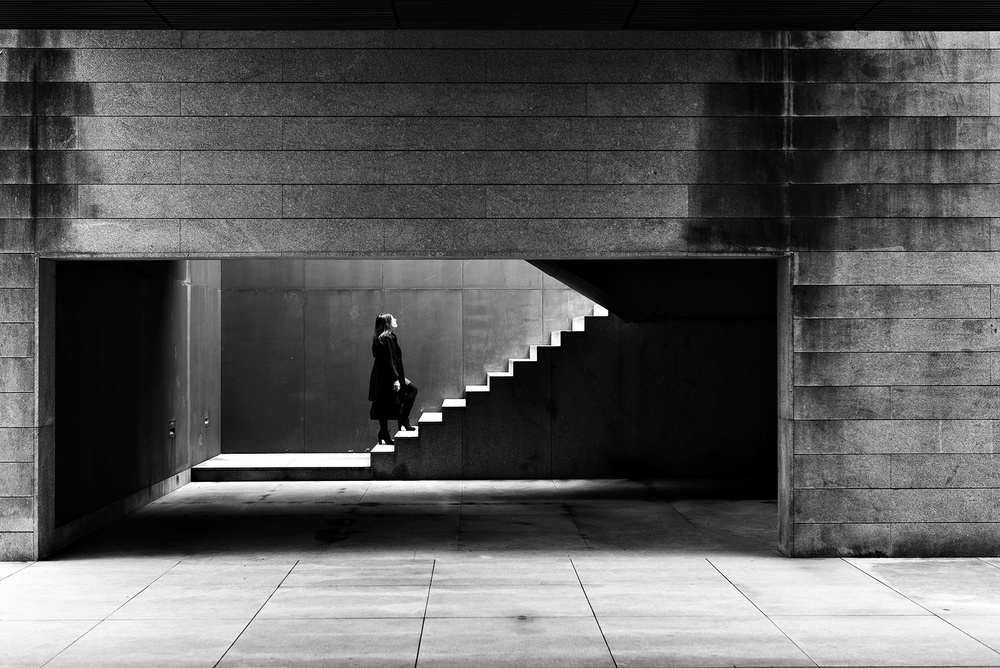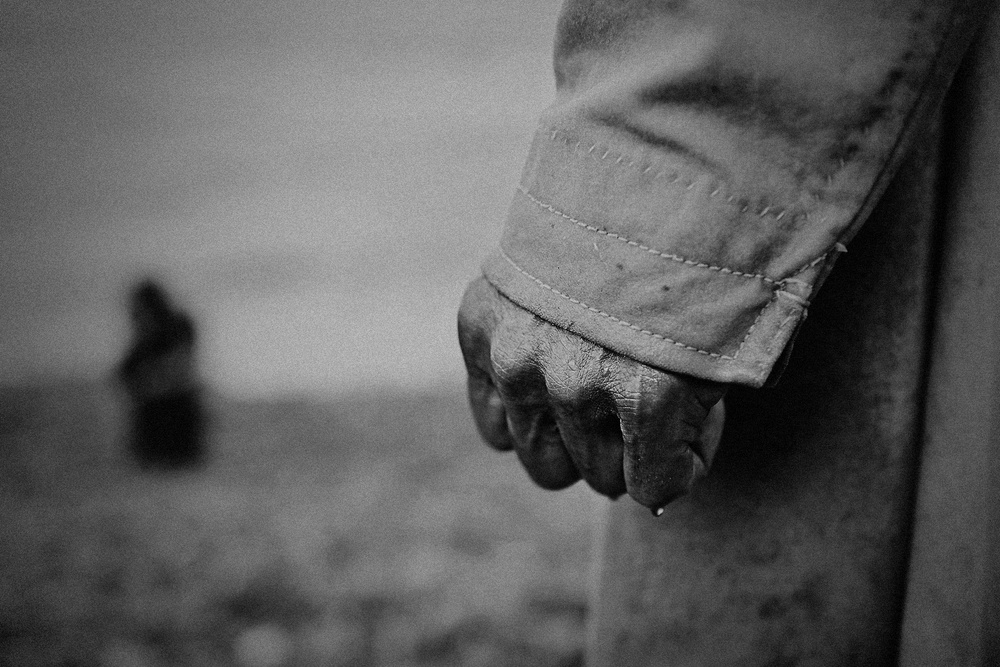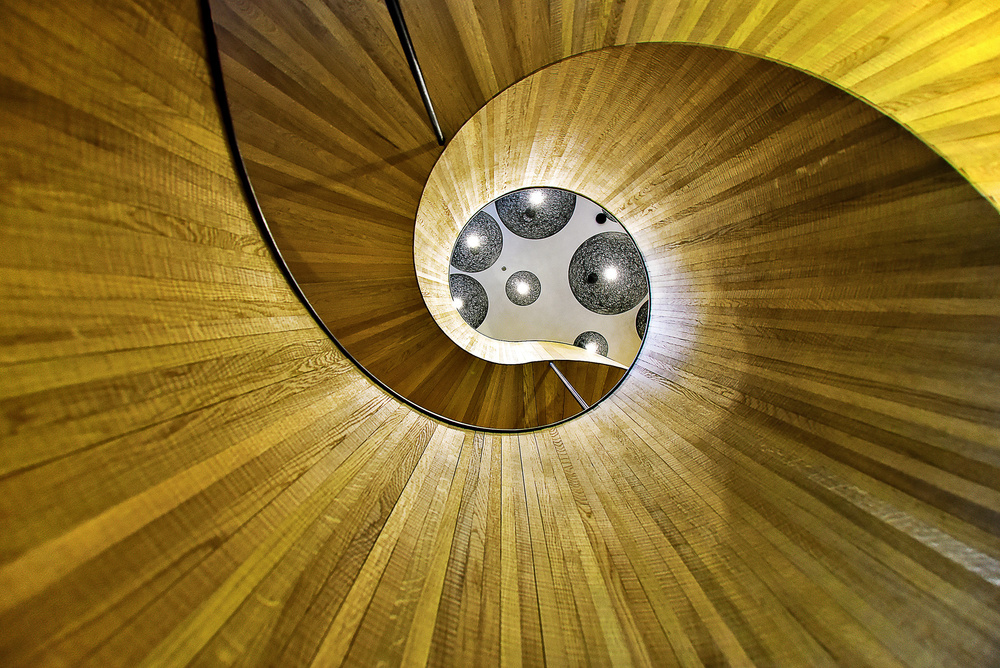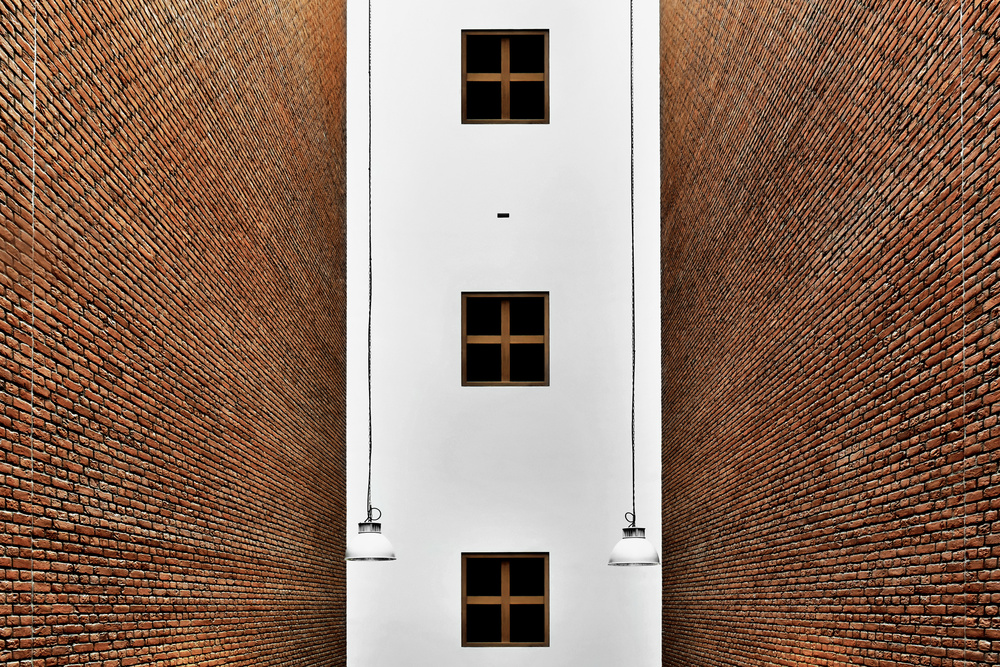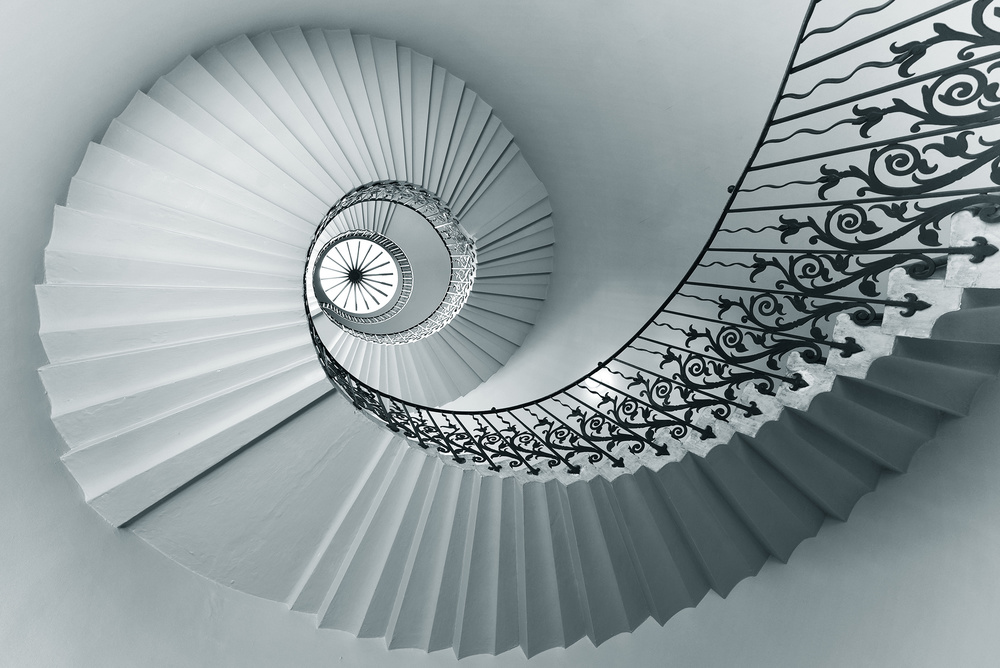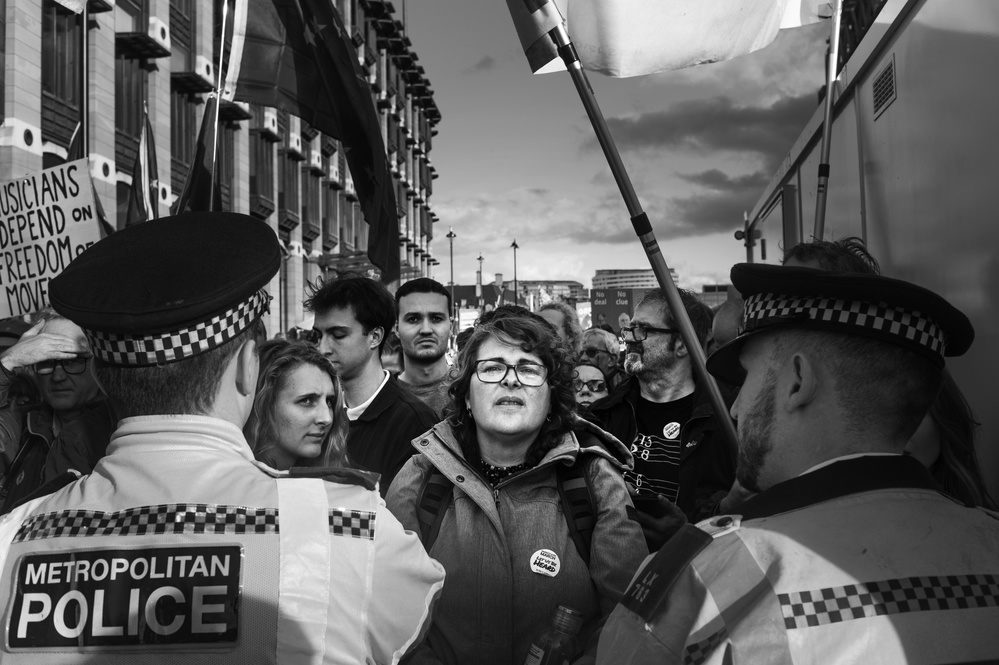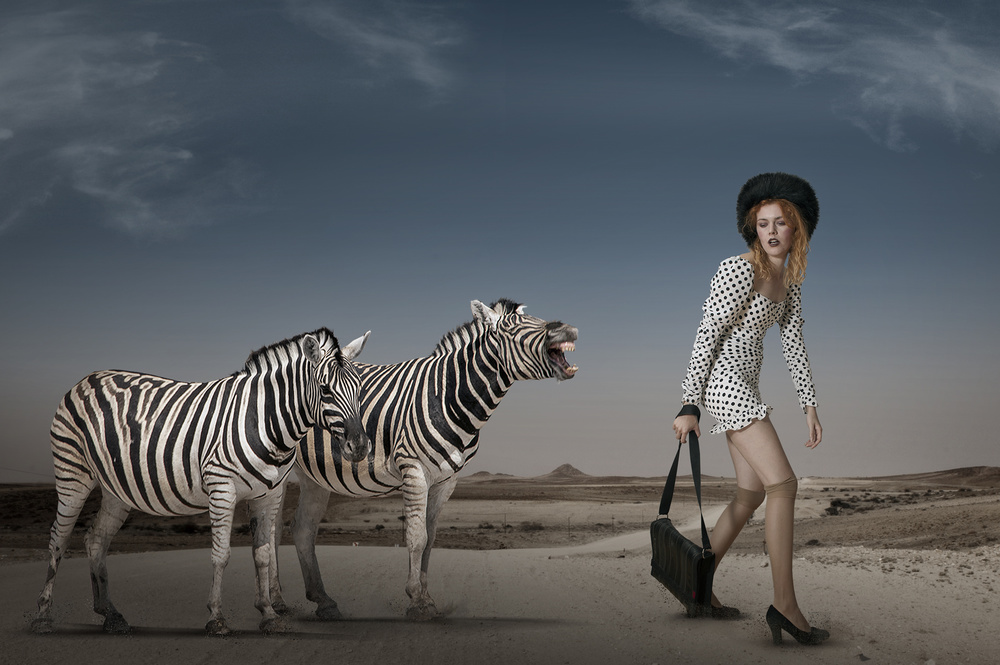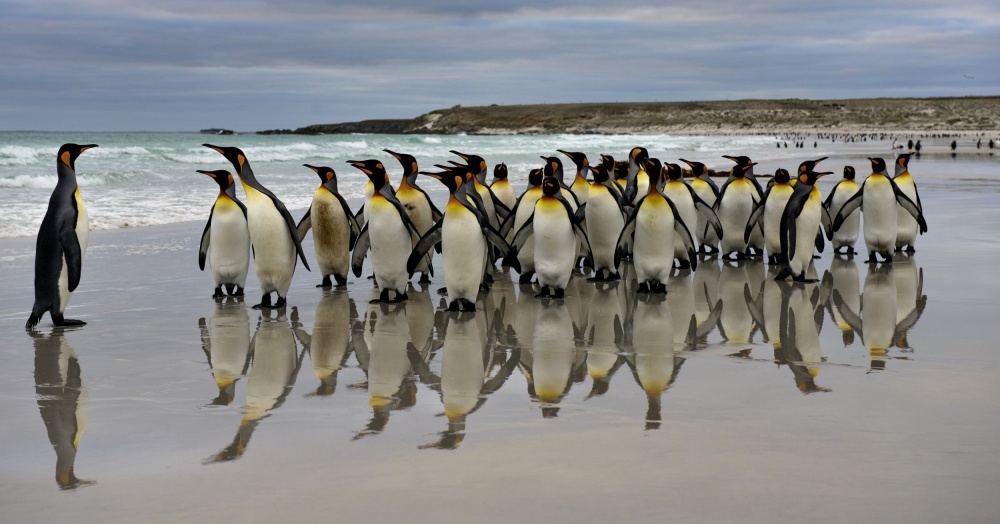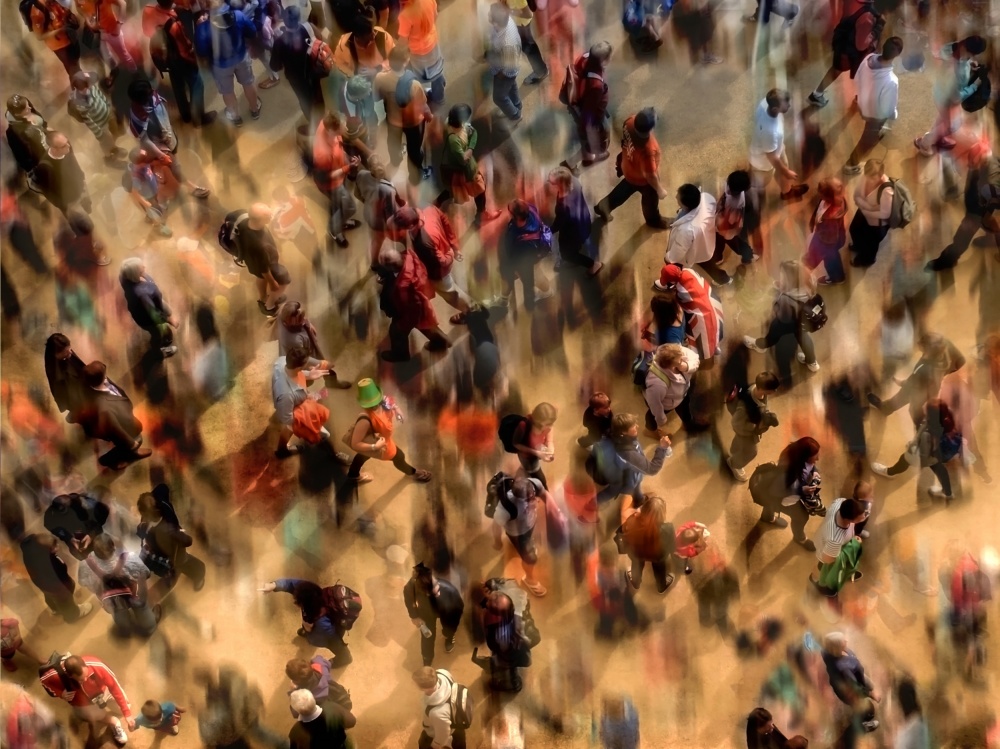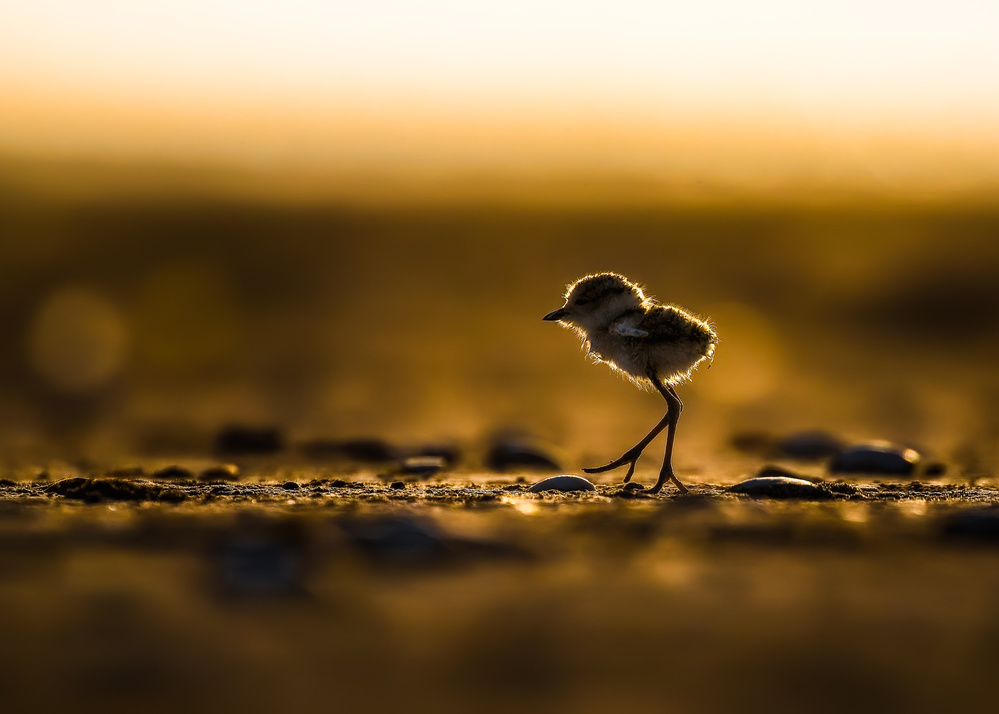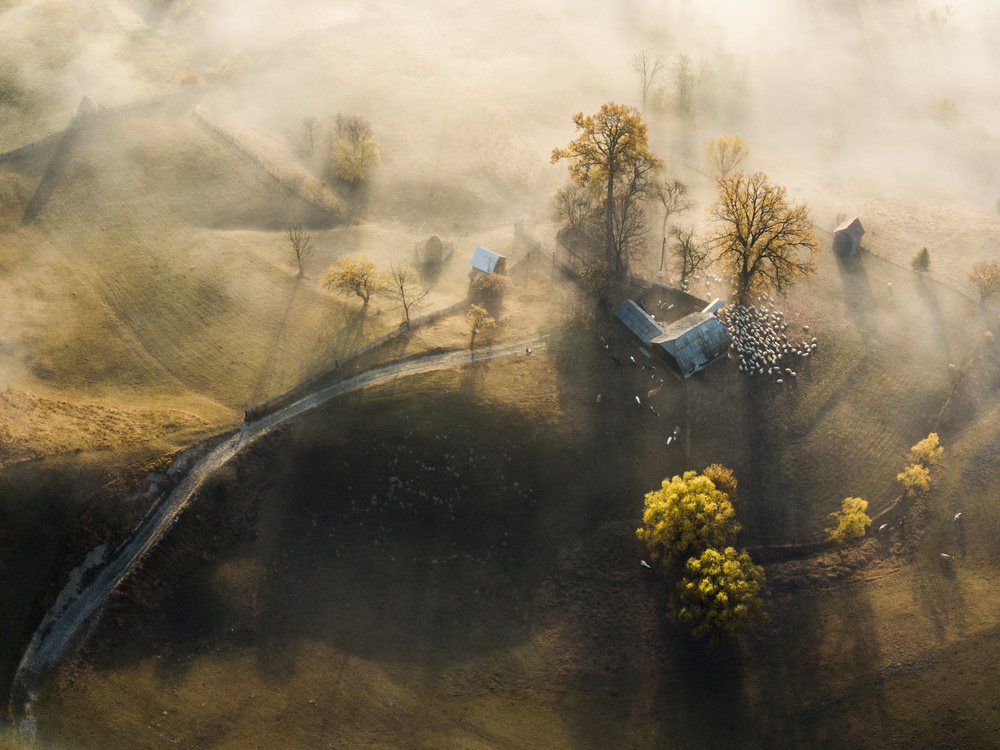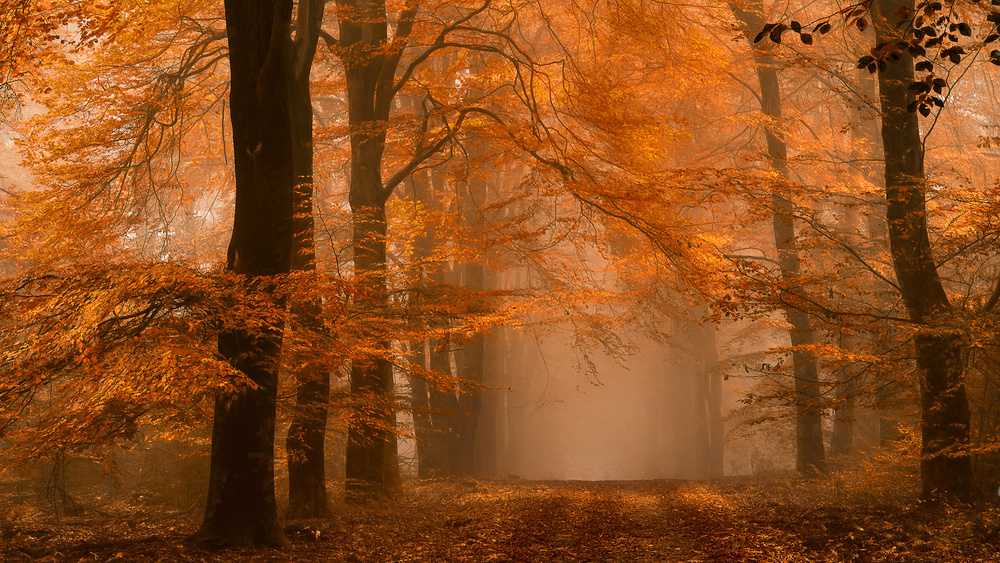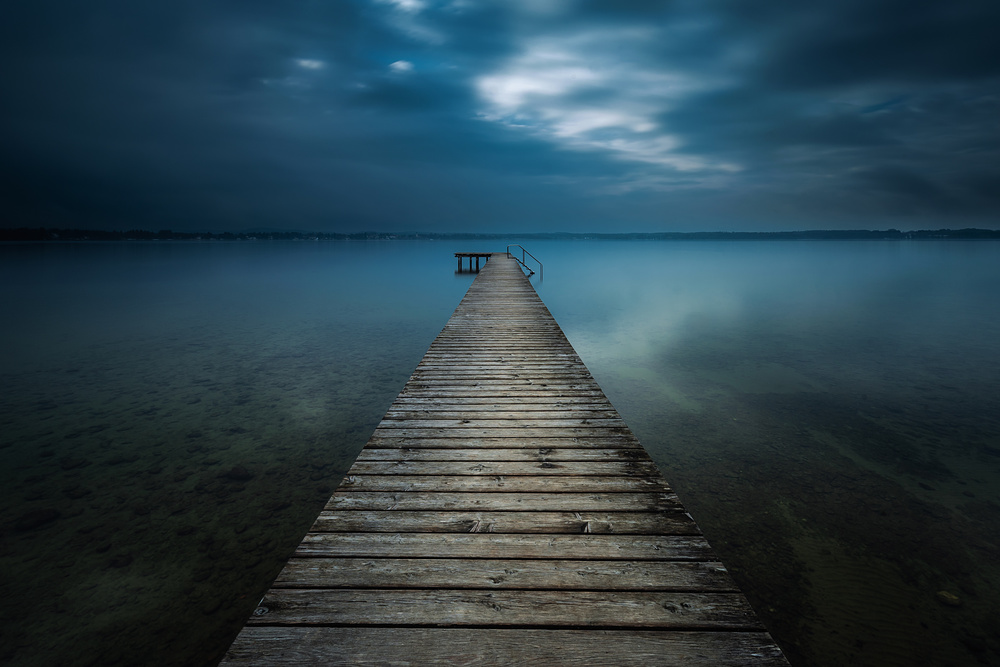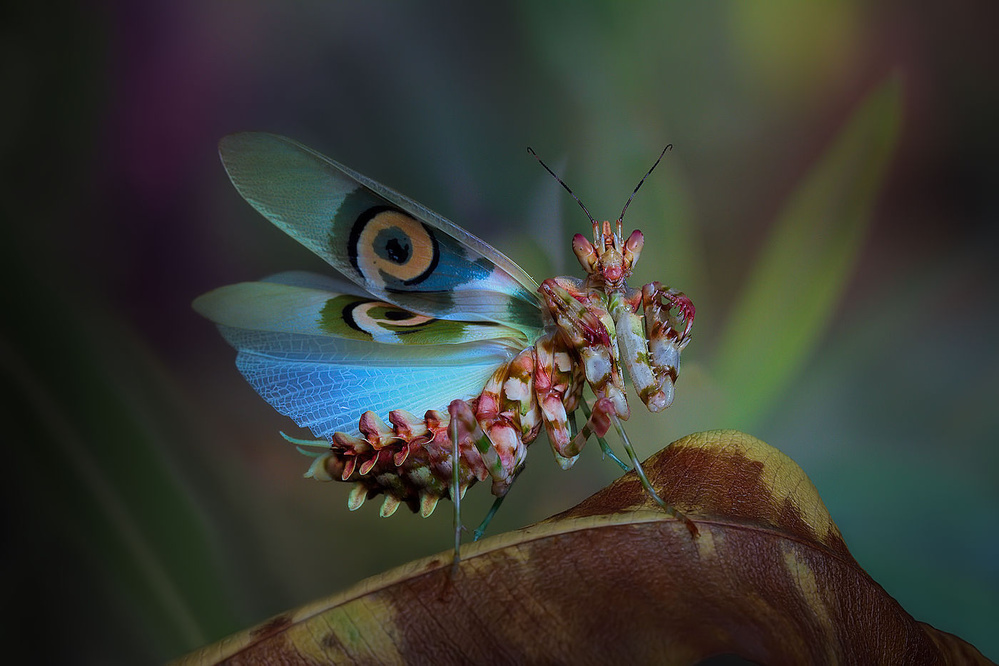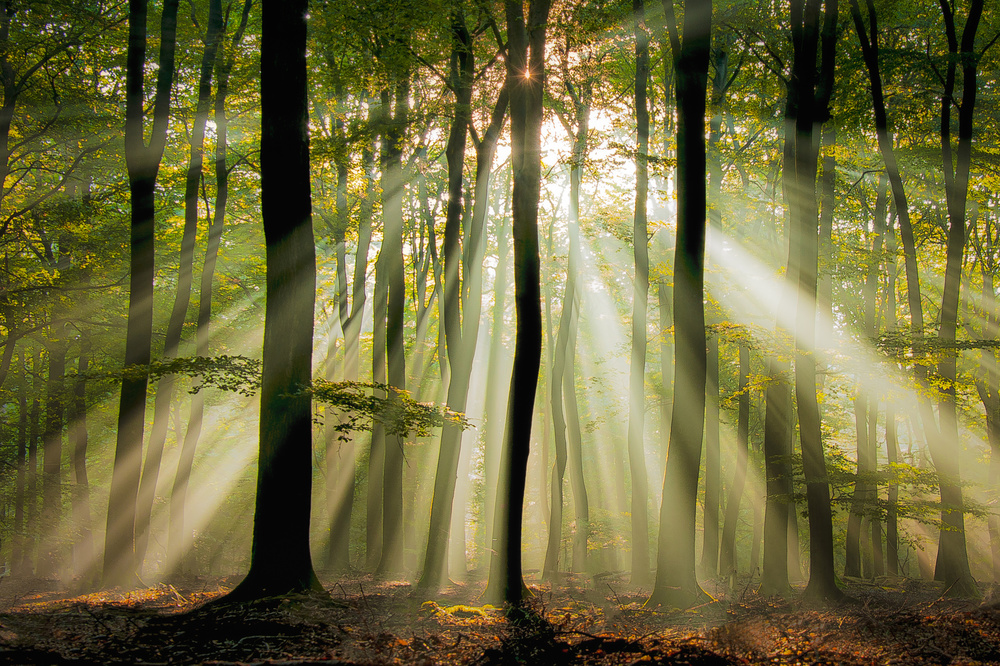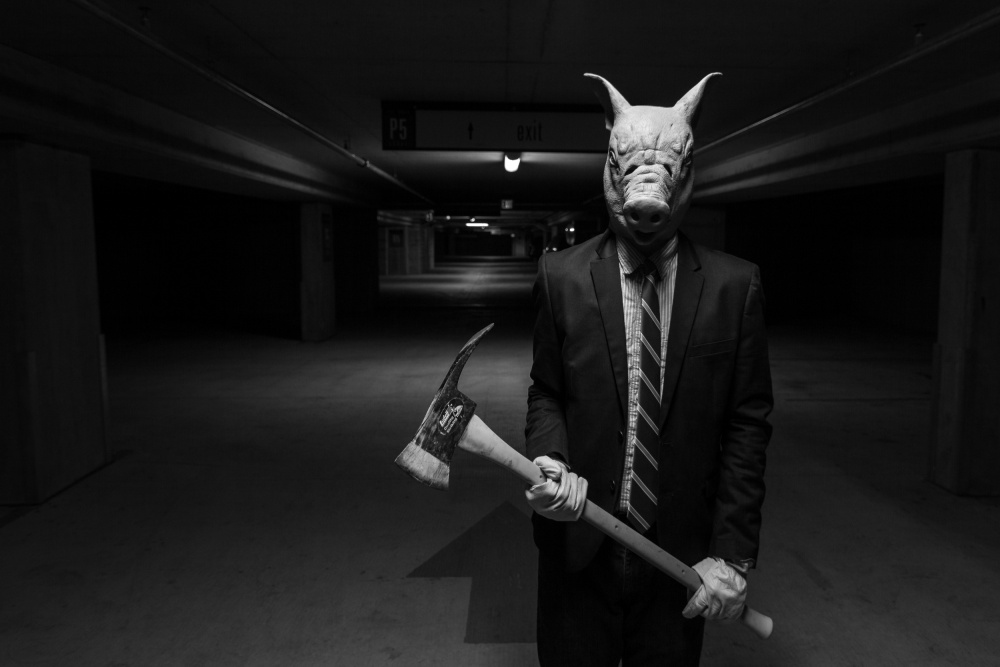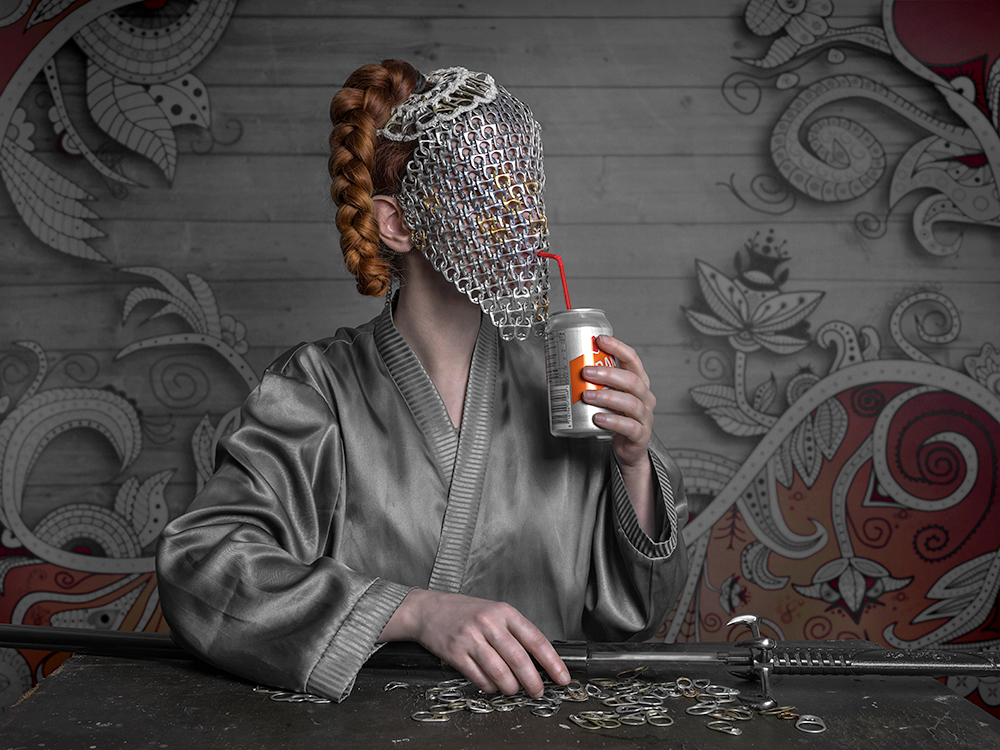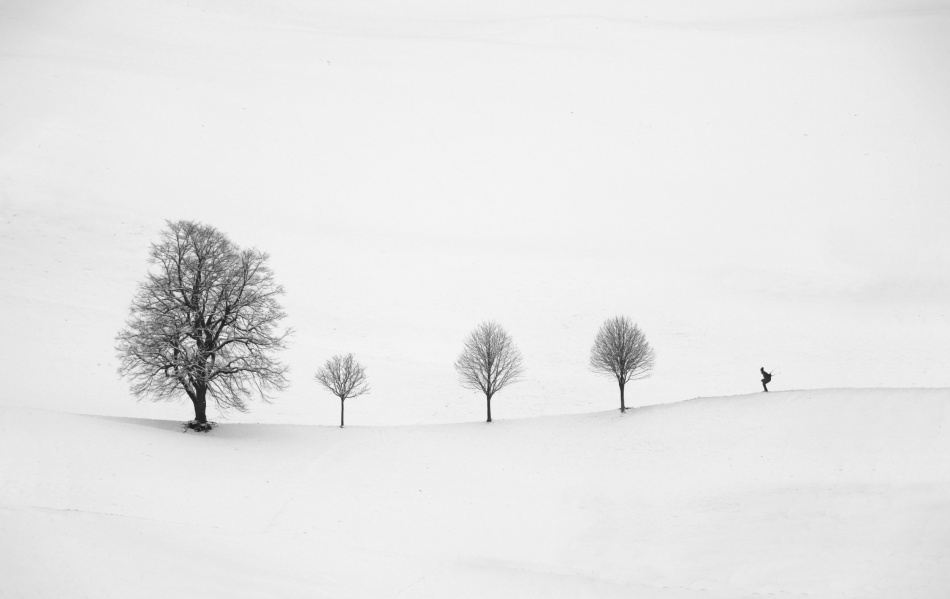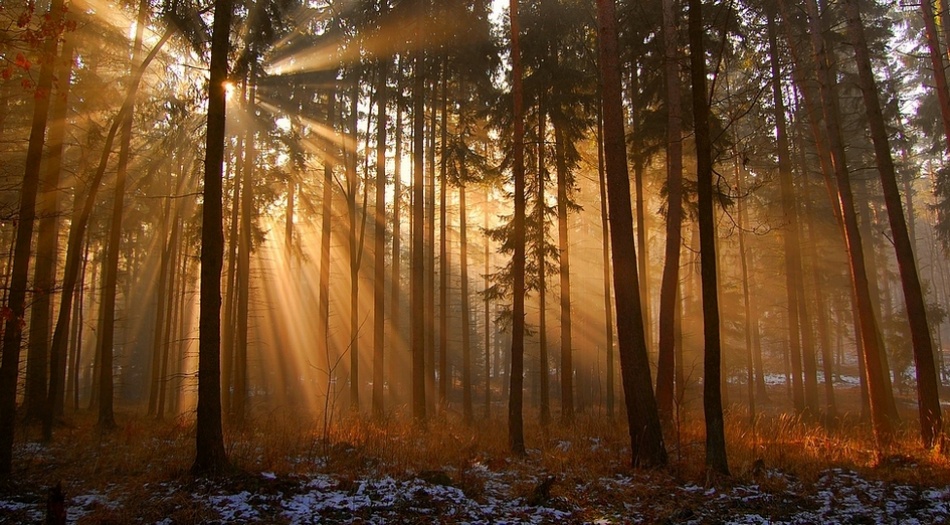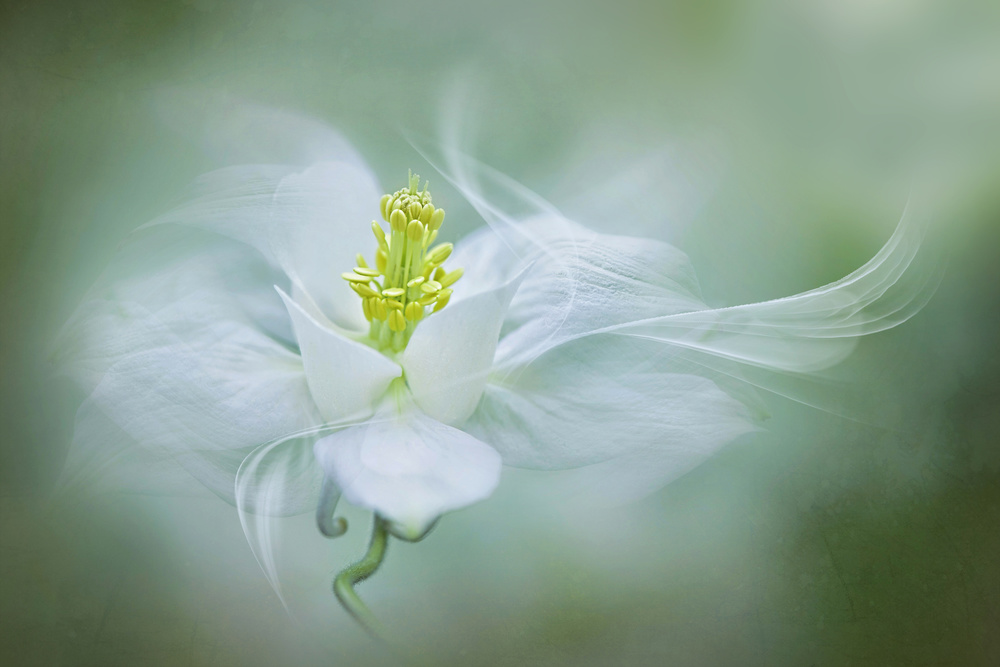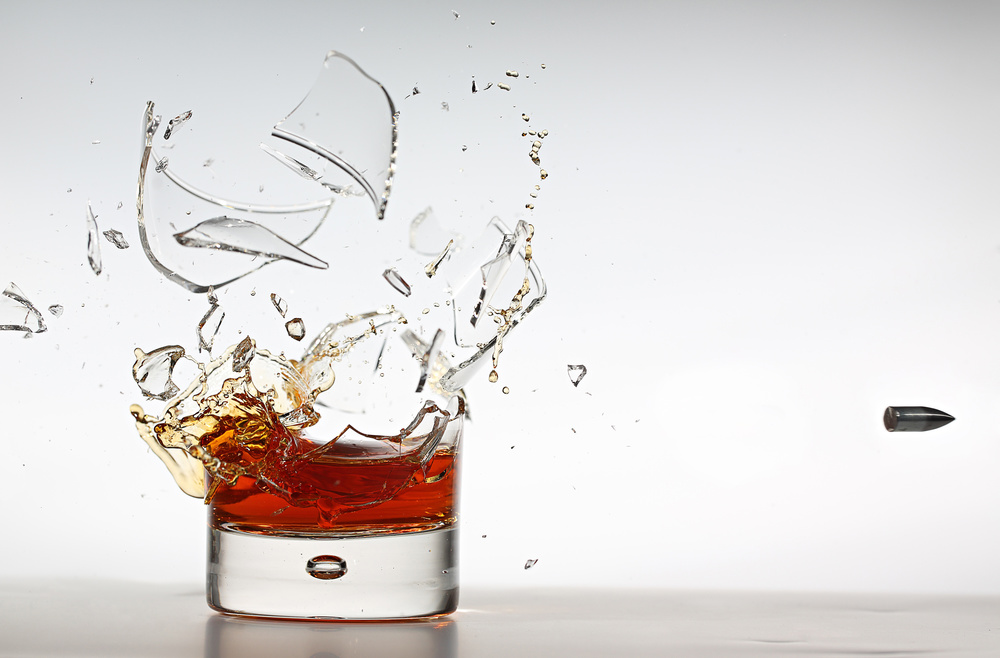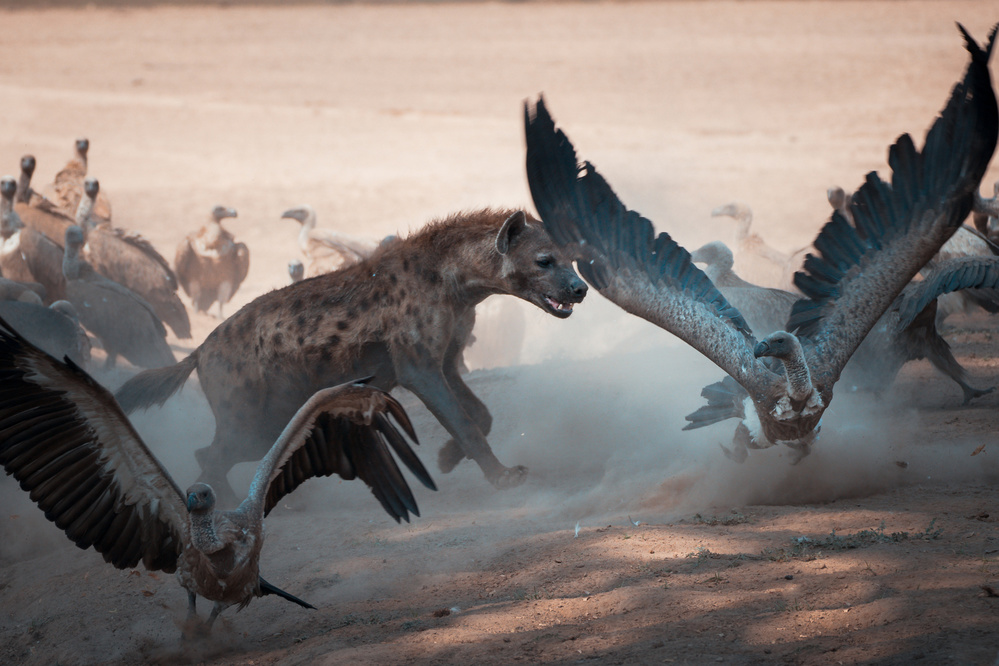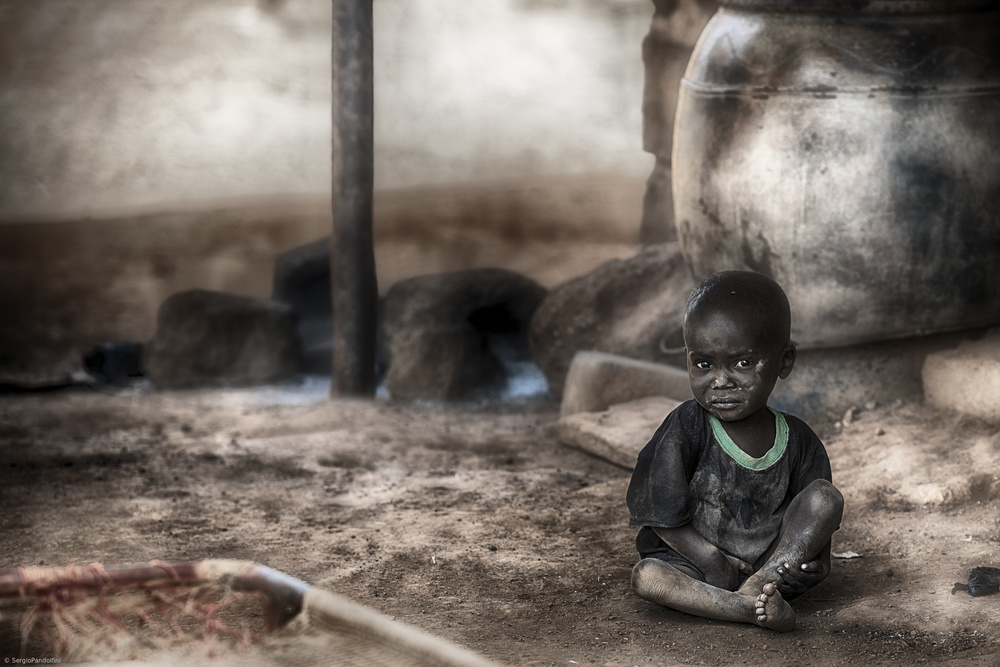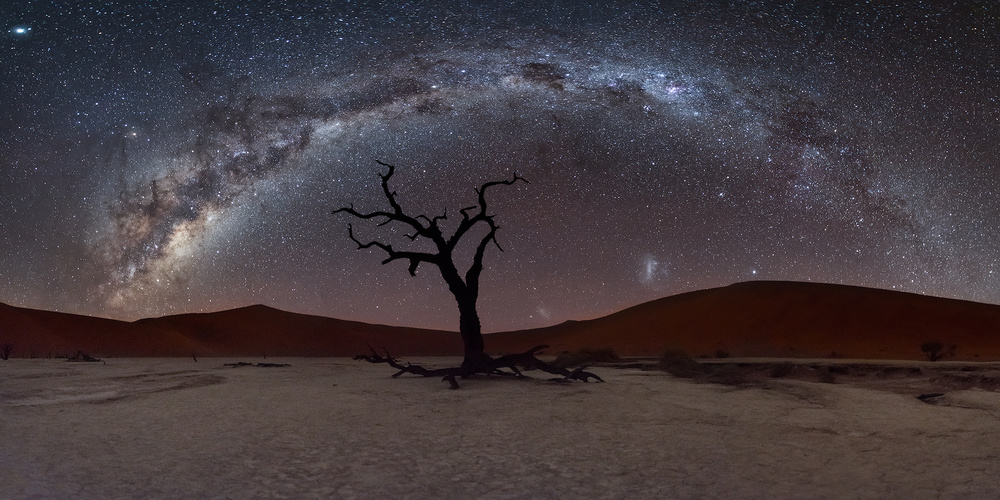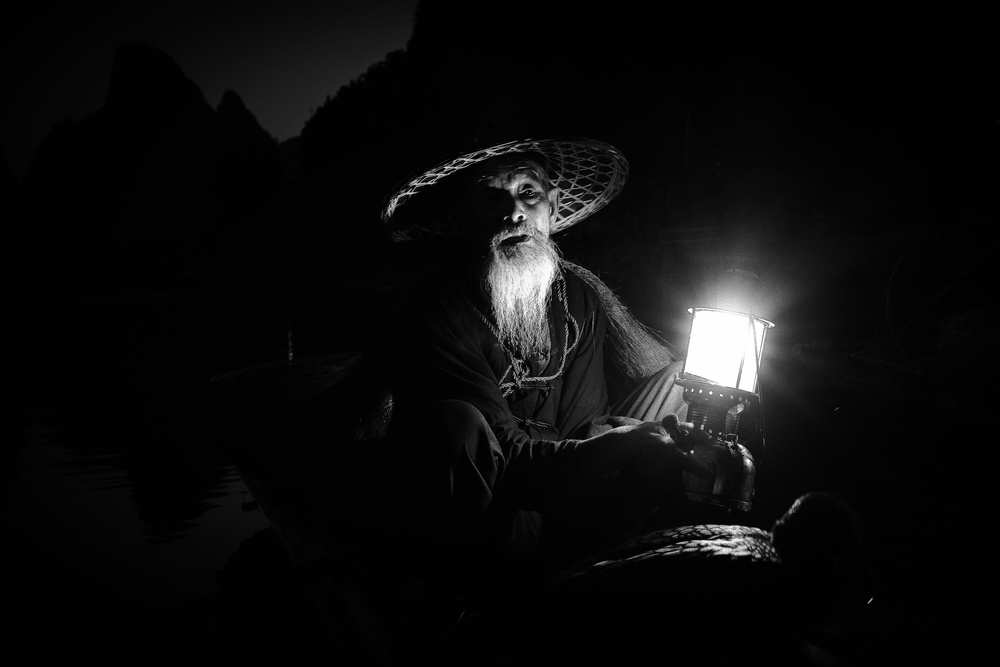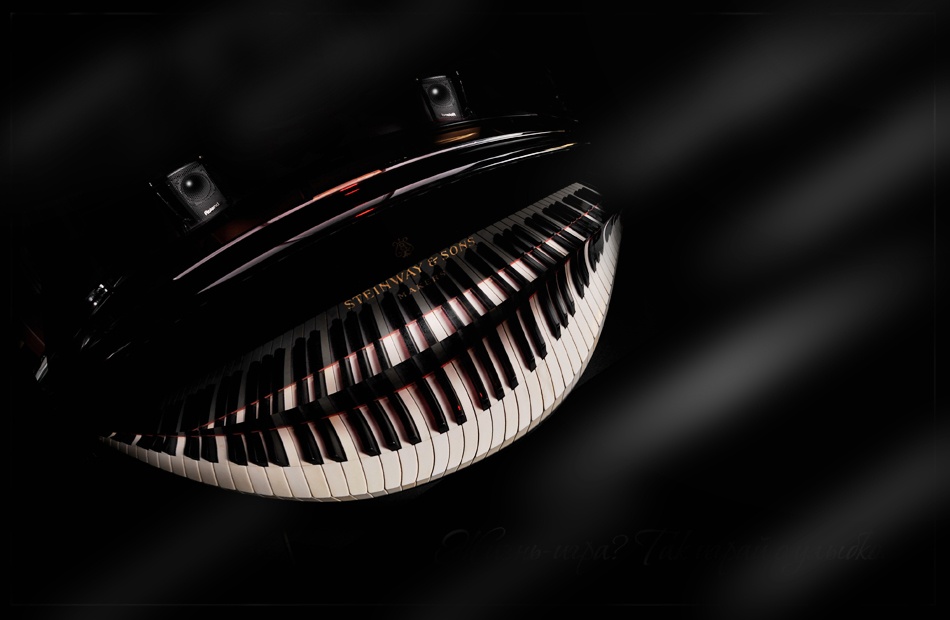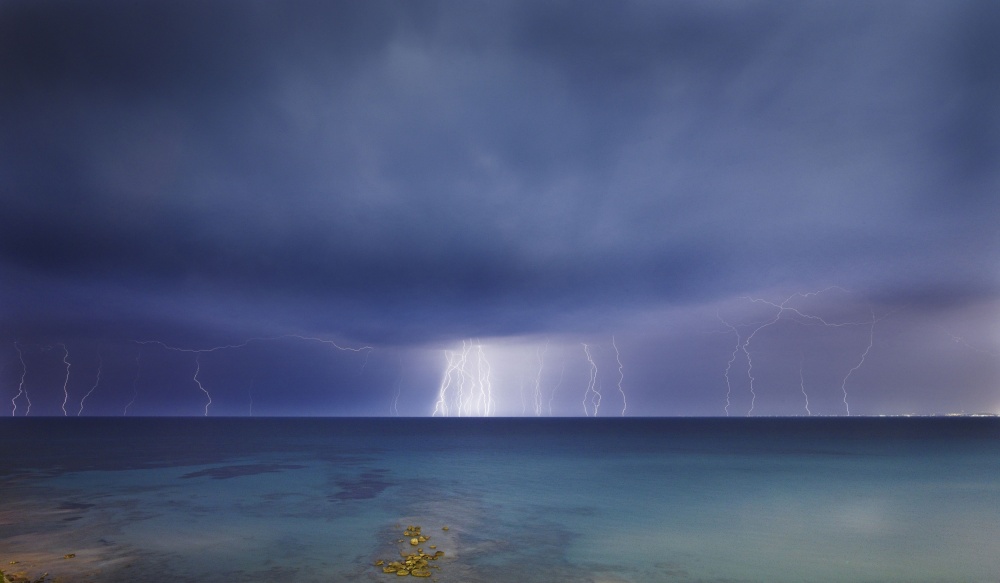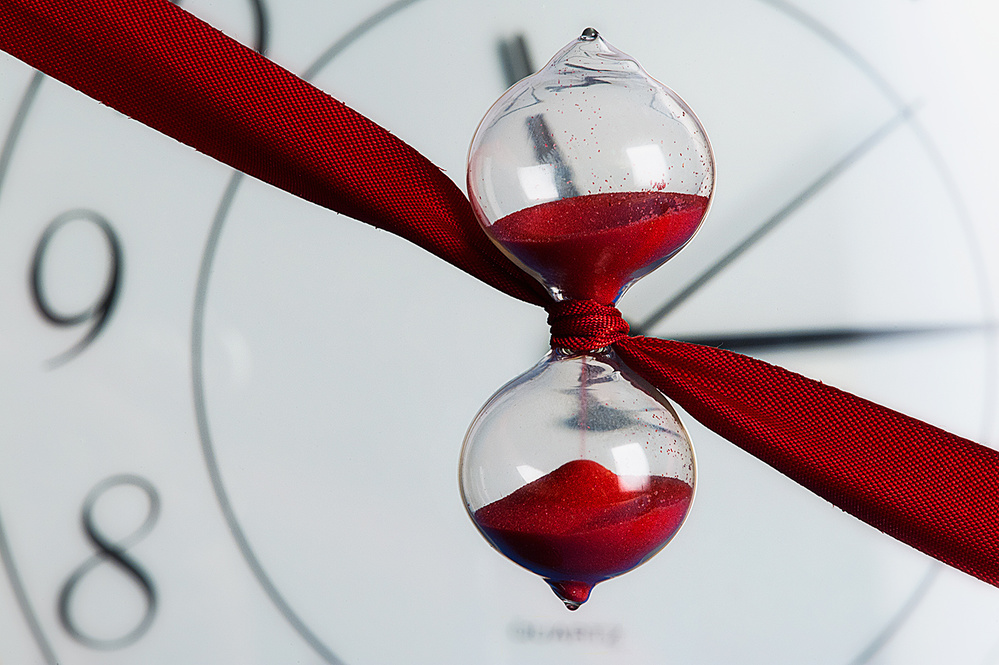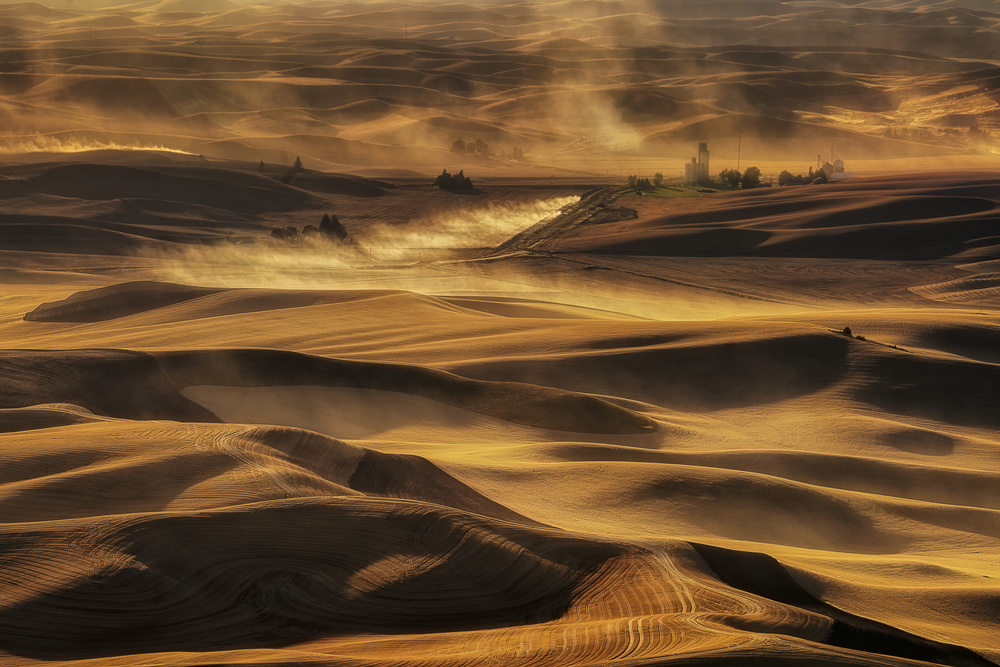Photographers
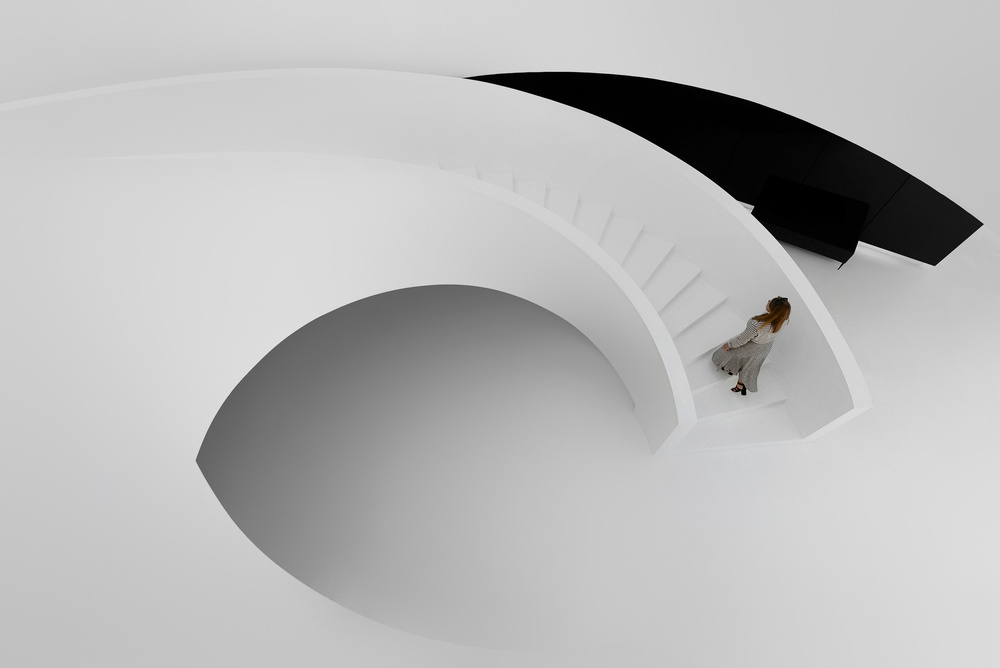
Jorge Pimenta: Photographer of the week
1x Blog-Photographers
Jorge Pimenta's is fascinated by architecture and abstract photography. This passion is expressed in all of his images. He loves to play with light, contrasts, lines and shapes. He likes to incorporate a human element or silhouette to show the scale and to enhance the balance. His absolute preference goes to BW photography but he dare using colours if some subjects really capture his attention to convey an idea, an emotion or a message.
Jorge is a self-taught photographer who is continuously striving to improve his already excellent skills.
Let's listen and read what this fine artist has to tell us.
Briefly tell us about yourself, your hobbies and your jobs.
I was born in 1969 in Braga, where I completed my studies and where I still live today. I teach Portuguese language and literature in Barcelos, a city close to my home town.
I enjoy simple pleasures like being with my family, playing football with friends, reading a book that I have been waiting for a while or travelling and photographing. This all is enough to make me happy.
How has your history and life experiences affected your photography?
Photography plays an important role in my everyday life. Somehow, my life has always been connected to photography, though initially in a very spontaneous way as amateur. My father loved photography and he had two very interesting cameras: a TLR camera that he brought from overseas – still perfectly working today – and an Olympus. Thus, I grow up in an environment where photography was highly appreciated.
When I was thirteen, I bought my first camera, a compact Hanimex. We’ve had so much fun together!
The following years were not really dedicated to photography since I found new hobbies like scale modelling and writing. It was writing that led me back to photography when I felt the need to illustrate everything I posted on my writing blog. Besides, one of my best friends, Pedro Ferreira who loves photography, had a huge influence on me. These circumstances combined, I ended up in 2010 buying my first digital reflex camera, a D3000 Nikon. Since then I have been self-developing my technique and defining my own aesthetic patterns.
Describe your overall photographic vision.
When I started photography I had a bit of a hard time understanding which areas were the most interesting and took pictures of everything appealing my senses. Gradually, I realized that I needed a human element, not as the main factor but as an element of balance between lines and shapes showing the scale. Another aspect was using harsh light to create shadows and vivid contrasts to accentuate some lines crossing the entire composition or a fading silhouette.
That 's how I came to realize that Architecture and Abstract pictures were the categories that fascinated me the most. Anyway, I’m always open to new possibilities and to new experiences in photography if the moment is right and the final result pleases me.
Another aspect of my work is that I hardly do colour photography and when I do, there must be some coloured objects which captured my attention to convey an idea, and emotion or a message.
Black & White is indeed my favourite way to photograph for three main reasons:
* For me, photography is a very personal way of perceiving the world. If our world often is colourful, I may want to express my personal view in black & white.
* If I suppress colours while processing, I may enhance shapes and light which reveal much more than what the colours are hiding.
* According to the Portuguese writer José Luís Peixoto, photography is the only thing that doesn´t grow old. There is something timeless and eternal about black & white photography, as if one captured moment could remain untouched by time.
Why are you so drawn by Abstract and Architecture Photography?
What guides me in photography is mainly my wish to interpret the world in my own way. A particular angle, the crossing of two lines, often the challenging balance, light focusing in a specific point, the whole symmetry, among others, are aspects that deeply touch me in aesthetic and sensitive terms, thus challenging my imagination. That’s why I am so drawn by Architecture Photography.
In almost all of my works, I try to incorporate the human element in a dialogue both with himself and with all that surrounds him. For me, this is, even in architecture, a way of understanding the relationship between space and those who created that space. This is consequently a way of relating architecture and photography. This kind of obsession leads me to explore more conceptual and abstract areas of photography.

'Itinerário para certezas transitórias'
What is more important to you, the mood/story behind your images or the technical perfection?
I have to admit that I’m not very conventional concerning the rules of composition. Being self-teaching, I mainly look forward to create an aesthetic effect and to guarantee my personal satisfaction with the final result. That’s why I don’t really care much about following this or that rule.
There are some approaches which I prefer, for example, symmetry and balance between the elements. Symmetry often creates natural harmony, flow of lines, curves and shapes Another example is that in some works I value the picture as a whole while sometimes I focus on a single detail if it is more important.

'Sentença breve para solstíco e ete...'
There is a particularity about me: I enjoy revisiting places. Why? Well, while viewing pictures on my computer, they take a different dimension and sometimes highlight mistakes or an unsatisfying approach. Besides, when post-processing our images, we easily come to realize that what seems to be a good picture may not be so. Hence, the need to revisit places, reshooting the picture and to improve what went wrong.
In one sentence, I would say that I value first the mood and the story.
However, if I neglect to improve my technique, I will face troubles in getting a better photographer.
Do you prepare carefully the locations where you are intending to photograph?
When I travel (and photography stimulates my wish for travelling), I'm always well prepared. I do it researching online about the main architectural icons of every place.
I try to read as much as possible about them, look at pictures and decide what I want to photograph. Obviously there is not always enough time to discover/ photograph what I want because I usually travel with my family and have to balance my interest in photography with their interests.
In spite of all this, I am very pleased with the photographic work that I have done in cities like Berlin, London, Madrid, Munich, Strasbourg, Lisbon…
As I said before, I have an inner tendency to revisit the places I have photographed before on different moments of the day (light) and with different approaches (changing lenses and POV, for example). Different results may correspond more to the idea I had in mind.
What gear do you use?
I currently use two cameras: a Nikon D750 and a Nikon D610, both with Nikon FX lenses. The two main lenses I use are the 14/24mm - f/2.8 and the 24/70mm – f/2.8. But sometimes I also use prime lenses: 50mm – f/1.8 and a 20mm – f/2.8.
What software do you use to process your images?
Adobe Photoshop CC.
Can you tell us something more about your work flow?
When I process images, I download every picture from the card into a computer folder, organized by date and location. Than I select the ones that correspond to what I had in mind before starting the editing because only a few pictures are taken into account in this stage. These are the ones I want to work on with Photoshop.
I start with basic tools like straightening, cropping, exposure adjustments and so on.
Than I move on to a more careful work with the application of layers, masks, gradients…
Having this done, I keep the photographs in a separate folder for some days.
I always go through them once more. Sometimes I don't change anything but other times I re-do a totally different editing.
Before posting the photographs, writing comes into the process. Actually, for each posted picture I write a text about it which is not exactly a description, but a kind of reflection about what it means to me. Most of the times, photographs come before the text but it also happens that I write a text first and only then look for an image that illustrates what I have written.
Describe your favourite photograph taken by you and why it is special to you.
It is hard for me to choose only one picture because all my work is connected to moments and emotions. I would like to highlight three images which are very special to me.
One of them is “A tangente de um instante” and I choose it because it is one of the first pictures I’ve ever taken with a full frame camera and a great quality lens (Nikkor 24-70 f/2.8) that has since then been essential for my work.
This picture helped me realizing that I was heading the right direction because it has been awarded in three different photography sites. It was my first approved composition on 1X and it was a first prize photo in a contest.
The second one is “O Anjo perdeu a Voz”. It’s a Conceptual work composed in a particularly difficult time of my life (the loss of my father) and to a certain extent it represented my state of mind at the time. I hold it very special even today.
The last one, “O movimento indecifrável da ausência”, is probably my best composition. It’s even been selected for an international exhibition at Sommerset House, in London, 2017.
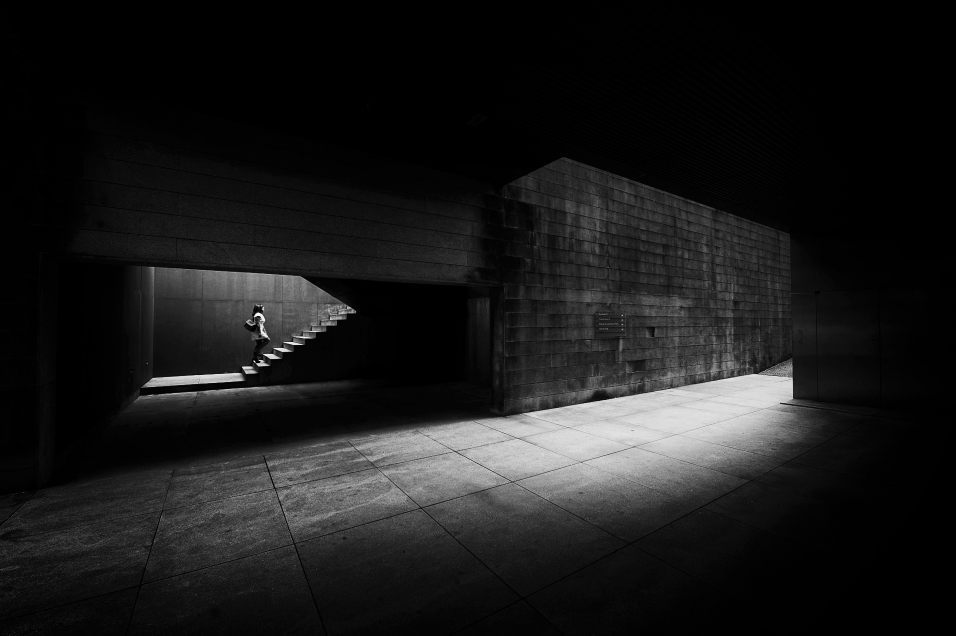
'O movimento indecifrável da ausência'
What do you think about 1X as a home base for your work?
Good photography sites (and even social networks) are, nowadays, of great means. Not only to show people’s work, but also to learn. We all acknowledge that internet photography sites and platforms have a worldwide range. We are only a click away from everyone else. How could we ignore the informational and promotional potential of this powerful tool?
Regarding the learning dimension, we all agree that 1X is a high quality photography site that allows us to access great works. We all know that observing the work of excellent photographers is the best to improve our own work.
Besides, 1X is open to the exchange of experiences and technical ideas through forums, tutorials, interviews, etc.
In my opinion, 1X is by far the best specialized site which is highly appreciated by its demanding standards: only 5% of the uploaded pictures are published. I believe, though, that this rate is short because there are so many great works from different photographers that end up not being published…
I truly believe that being published on 1X means recognition and a strong support for everybody.
Who are your favourite photographers?
I grow in photography admiring the work of authors like Jorge Molder, Sebastião Salgado, Man Ray, Bill Brandt, Monzani, and many others, because I used their work to illustrate the texts on my blog. Later, when I started photography in a more systematic and serious way, I appreciated more authors coming across their work on specialized sites and forums. Each and everyone of them influenced my vision and work.
For achitecture photography, I always was inspired by Olavo Azevedo, Luc Vangindertael, Marc Huybrighs, Jeroen van de Wiel, Henk van Maastricht .
For abstract/ conceptual, Carmine Chiriacò, Paulo Abrantes, Lara Kantardjian, Teruhiko Tsuchida, Laura Mexia.
There are so many excellent and inspiring photographers, too many to mention all of them.
Therefore, I would like all the others whose work I admire (and they know I do) to feel included in this reference.
What is your advice to a beginner in Abstract/ Architecture Photography?
I believe photography is mainly a personal look on something. The best way to grow in photography is to look, and look at pictures all over again. The more we explore and look, the more we will be able to compare our work with the others. This also means that if we submit our work to curators, the more chances we have to improve our performance.
On the other hand, analysing photos’ EXIF information allows us to see which camera parameters are best to assure technical enhancement.
POV is always crucial in photography, especially concerning architecture photography. It is important to try different angles: move up, move down, look for an edge, change lenses, try what no one has ever done and try to surprise the viewers.
But the very first outcome of photography should be personal satisfaction, so try to please yourself till the result makes you happy with what you've accomplished and only then you should take other people’s opinions into account.
People often say that “you cannot make omelettes without eggs”. That’s why the better your equipment is and the better you know how to use it, the closer you will be to make good pictures. Invest in a good camera and, most of all, in good lenses. I could not imagine my work, today, without a good ultra-wide angle, for instance.
Finally, you must always keep in mind that many of your works may generate frustration, Embrace this circumstances and use them to improve yourself. Learning from your mistakes is as valid as learning from your success. Above all, never give up!
Jorge Pimenta
September 2019
. '

